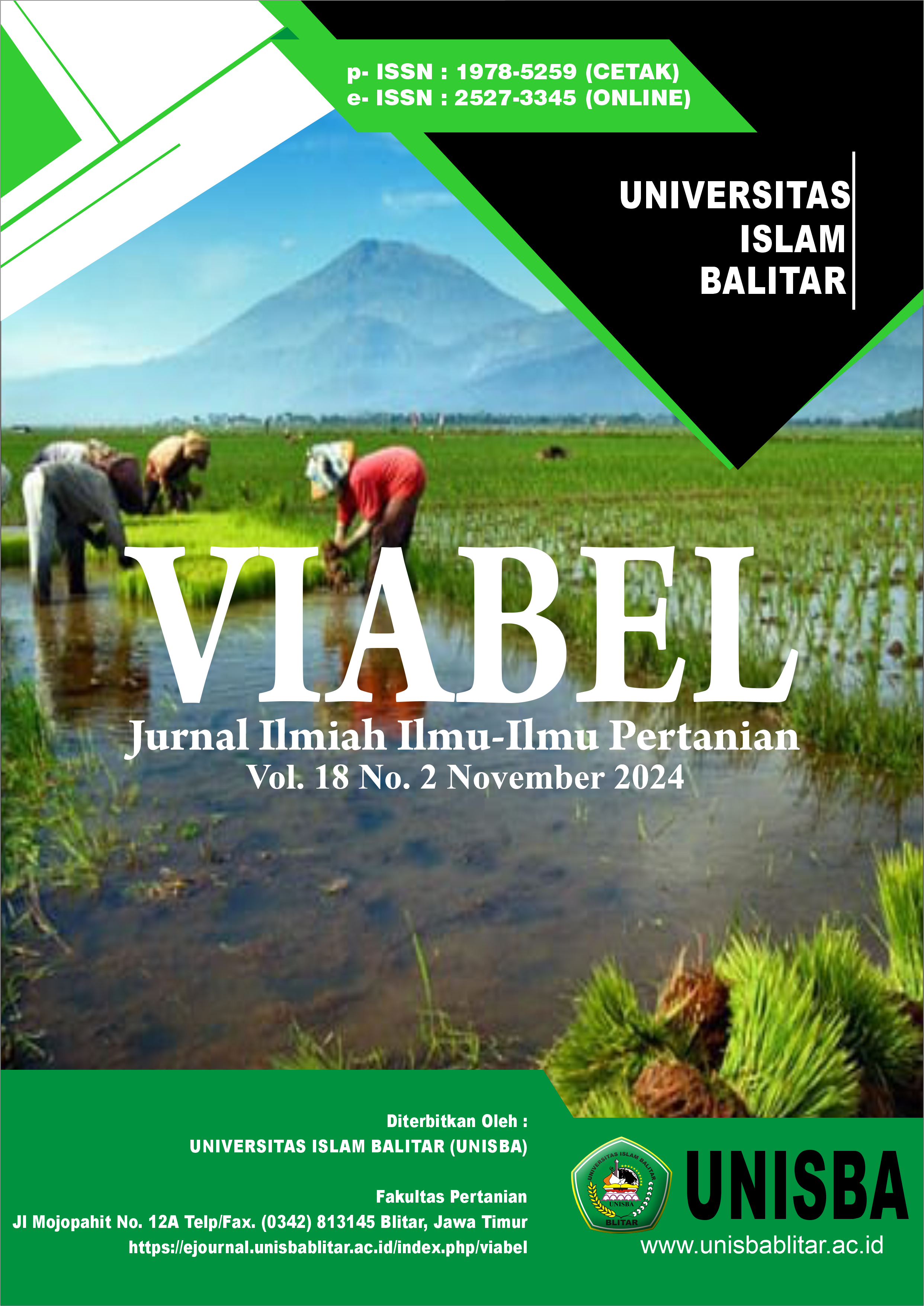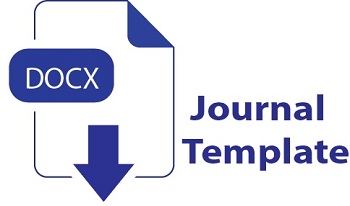PENINGKATAN KESEJAHTERAAN PETANI DENGAN KONSEP GREEN ECONOMY LIMBAH BUAH JERUK NIPIS (Citrus aurantifolia) SEBAGAI BAHAN POMADE ANTI KETOMBE
DOI:
https://doi.org/10.35457/viabel.v18i2.4003Keywords:
Keyword: Pomade, Lime, Farmer, Anti dandruff, Green economyAbstract
Pomade is a styling material that is usually used by men with strong adhesion and a shiny finish. The potential of the lime part, especially lime waste as a natural hair care combined with mixed ingredients such as olive oil, castor oil, can be produced in the form of pomade hair oil. The purpose of this study is to find out the use of lime waste to improve the economy of farmers, to know the advantages and marketing strategies of lime waste treatment products. This activity is in collaboration with lime farmers of the "Sidowayah" Farmers Group, so that farmers can improve their welfare and productivity with the concept of Green Economy of lime waste. The method used in this study is agricultural business analysis and marketing strategy. The calculation of the R/C ratio of 1.296 (value >1) shows that lime pomade is profitable and worthy of being used as a business. The profit obtained based on the calculation of farming analysis is Rp. 57,150 for 10 production processes or Rp. 5,715 for 1 piece of lime pomade packaging. This lime pomade product has also been laboratory tested for Vitamin C content and Fe levels. This vitamin C activity test stage is a vitamin determination to determine the level of vitamin C (ascorbic acid) in orange, lime, and vitamin samples with iodometric titration. Laboratory results showed that every 100 mg contained 0.025 Vitamin C. Meanwhile, the laboratory results of Fe content contained in every 100 mg of lime extract sample were 3.92. Based on the results of this study, lime pomade is very feasible to be developed as a product that can improve the economy of lime farmers.
Downloads
References
Ngantung M, Jan A. Analisis Peramalan dan Permintaan Obat Antibiotik pada Apotik Edelweis Tatelu. 2019. 4859-67. DOI: http://doi.org/10/35794/emba.v7i4.25439.
Baroroh S, Fauziyah E. Manajemen Resiko Usahatani Jeruk Nipis di Desa Kebonagung Kecamatan Ujungpangkah Kanbupaten gresik.2021. 494-509.DOI https://doi.org/10.21776/ub.jepa.2021.005.02.18.
Lauma S W, Pangemanan D H C, Hutagalung B S P. Uji efektifitas Perasan Air Jeruk Nipis (Citrus Aurantifolia S) Terhadap Pertumbuhan Bakteri Staphylococcus aurens Secara In Vitro. 2015. 2302-2493. DOI : https://doi.org/10.35799/pha.4.2015.10185.
Putra G A, Raesi S, Mahdi. Analisis Kelayakan Finansial Usaha Perkebunan Jeruk Nipis (Citrus Aurantifolia Swingle) di Nagari Padang Gantiang Kecamatan Padang Gantiang Kabupaten Tanah Datar. 2019. 104-115. DOI https://doi.org/10.25077/joseta.v1i1.14.
Saropah U, Sativa R D O, Zamrodah Y, Budiman E W. Analisis Hubungan Produksi, Permintaan dan harga pada Komoditas Jeruk Nipis (Studi Kasus di Desa Srengat, Kecamatan Srengat, Kabupaten Blitar). 2022. 137-145. DOI https://doi.org/10.32764/sigmagri.v2i02.858.
Putra I G N. Analisis SWOT Sebagai Strategi Meningkatkan Keunggulan pada UD Kacang Sari di Desa Tamblang. 2017. 1418-26. DOI https://doi.org/10/23887//jjpe.v9i2.20106.
Qanita Z, Septiani D, Salsabila, Rizkiya K, Sari S Y, Anggara F. Pengelolaan Perkebunan Jeruk Nipis (Citrus aurantifolia swingle) di Desa Palem Raya. Desa Tanjung Pering, Desa Seri Bandung, Kabupaten Ogan ilir, Provinsi Sumatra Selatan. Prosiding Seminar Nasional Lahan Suboptimal ke 10. 2022. 302-8. Penerbit: Penerbit & Percetakan Universitas Sriwijaya (UNSRI).
Fausayana I, Miniarti Y, Rosmawaty. Perbedaan Pendapatan Peralihan Lahan Usahatani Padi Sawah Menjadi Usahatani Jeruk Nipis di desa Watabenua Kecamatan Landono Kabupaten Konawe Selatan. 2019:4(5):117-121. DOI: http://dx.doi.org/ 10.33772/jimdp.v4i5.8113.
Endarwita. Strategi Pengembangan Objek Wisata Linjuang Melalui Pendekatan Analisis SWOT. 2021. 5 (1) DOI:http://dx.doi.org/10.29040/jie.v5i1.2133.
Downloads
Published
Issue
Section
License
Copyright (c) 2024 VIABEL: Jurnal Ilmiah Ilmu-Ilmu Pertanian

This work is licensed under a Creative Commons Attribution-ShareAlike 4.0 International License.
Authors who publish with this journal agree to the following terms:
- Copyright on any article is retained by the author(s).
- The author grants the journal, right of first publication with the work simultaneously licensed under a Creative Commons Attribution License that allows others to share the work with an acknowledgment of the work’s authorship and initial publication in this journal.
- Authors are able to enter into separate, additional contractual arrangements for the non-exclusive distribution of the journal’s published version of the work (e.g., post it to an institutional repository or publish it in a book), with an acknowledgment of its initial publication in this journal.
- Authors are permitted and encouraged to post their work online (e.g., in institutional repositories or on their website) prior to and during the submission process, as it can lead to productive exchanges, as well as earlier and greater citation of published work.
- The article and any associated published material is distributed under the Creative Commons Attribution-ShareAlike 4.0 International License










.png)




